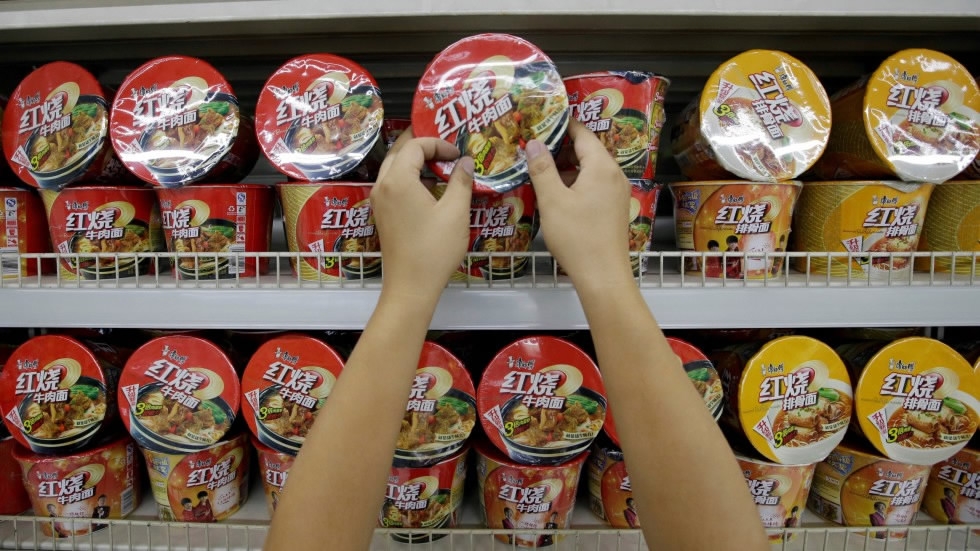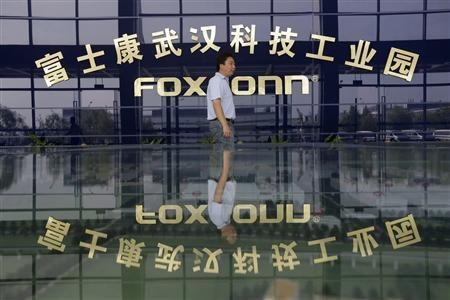💑💏The revelation late last week that Taiwan was the Chinese mainland’s seventh-largest trade partner in 2017, with trade volumes up by over 12 percent, may have surprised many, considering political tension between the two sides lately.
Economic exchanges across the Taiwan Strait have come a long way over the years, reaching more than 100 billion US dollars in three decades, and the trend is a continued ascent, despite small bumps along the journey.
It took decades for the mainland and Taiwan to reconnect after a long political standstill. Business activity began to pick up in the late 1980s, after both sides loosened their rules on cross-Strait exchanges.

Taiwanese instant noodles are still quite popular in the Chinese mainland.
"It all started 30 years ago,” said CGTN current affairs commentator Gregory Zang. “[Taiwan leader] Jiang Jingguo, also known as Chiang Ching-kuo, liberated political party participation and also the newspaper publication before he passed away.”
The first Taiwanese enterprise operating in the Chinese mainland was the snacks and beverage maker Want Want Group. The company registered its trademark in the mainland in 1989. Vincent Lin, chief representative of the company's Beijing office, said the mainland's market prompted the company to make the investment.
“In 1991, Want Want set up its first factory in the mainland in Hunan Province. Now we have 34 production hubs and over 130 factories,” said Lin.

A sign for multinational electronic parts manufacturer Foxconn, headquarted in Taiwan.
Some said that since a growing number of Taiwanese manufacturers have relocated their factories to the mainland, Taiwan locals have lost jobs to their mainland peers. But Lin said the trend instead has brought tangible rewards to the island.
“While Taiwanese enterprises have set up supply chains and manufacturing assemblies here thanks to lower costs, they have bought many raw materials, key components from Taiwan, and employed Taiwanese people,” Lin added. Between 2006 and 2016, Taiwan’s trade surplus with the mainland reached a total of 725 billion US dollars.”
Both sides freed up their trade and investment ties by signing an Economic Cooperation Framework Agreement in 2010, and further secured their ties three years later by signing a service trade agreement. However, additional talks and legislation stagnated as the political environment worsened in recent years.
In particular, current Taiwan leader Tsai Ing-wen has side-stepped acknowledging the 1992 Consensus, under which the two sides agreed to acknowledge the one-China principle and that both the Chinese mainland and Taiwan are part of a single country.
“Whenever there is political disagreement or tension, this would impact economic ties and trade. I would like to see Tsai Ing-wen come back to her senses, knowing that the 1992 Consensus is the basic principle to follow to guarantee better communications,” said Zang
Comments
Post a Comment